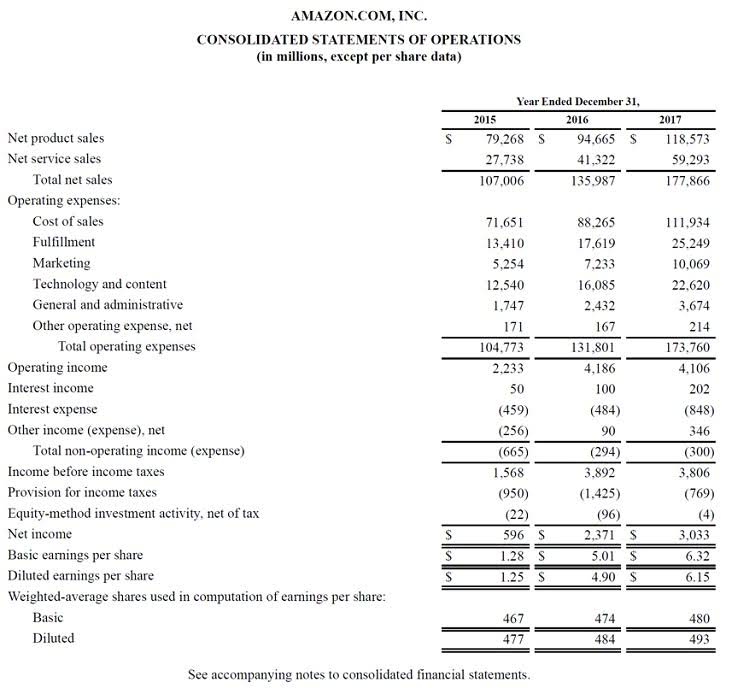
One of the most https://www.facebook.com/BooksTimeInc/ common ways to hedge is by using derivatives, which derive their value from an underlying asset such as stocks, commodities or indexes such as the S&P 500. By using a derivative tied to the underlying asset you’re looking to hedge, you can directly limit your risk of loss. Holding a diversified portfolio is essentially an admission that you don’t know which investments will perform best, so you hedge that risk by having exposure to many different areas of the market. You own cyclical and non-cyclical stocks, stocks and bonds or other investments that benefit from different economic environments.
Discontinuing hedge accounting
Enter into a foreign currency forward exchange contract, designating the transaction as a cash flow hedge. The importance of this distinction is that certain hedge accounting eligibility is based on risk management strategy, which also needs to be disclosed in financial statements (IFRS 7.21A(a)). While IFRS 9 doesn’t dictate how to measure hedge ineffectiveness, ratio analysis can be used in simpler arrangements.

What are the risks associated with hedging?
- Portfolio managers, individual investors, and corporations use hedging techniques to reduce their exposure to various risks.
- The following entries illustrate the accounting for the time value of an option.
- The ineffectiveness recognised in P/L is based on comparing the actual hedging instrument with the hypothetical derivative (IFRS 9.B6.5.5).
- By purchasing the LEAPS option, the investor has secured downside protection for their TSLA position over the next 12 months.
- Commodity hedging is used to manage the risk of price fluctuations in commodities such as oil, gold, and agricultural products.
- Finance Strategists has an advertising relationship with some of the companies included on this website.
Economic indicators, company-specific news, geopolitical events, and overall market sentiment all play a role. For instance, during periods of economic uncertainty or market volatility, put option prices often rise as investors seek to protect their portfolios against potential losses. Hedge accounting serves as a crucial tool for companies to manage risks stemming from market fluctuations and currency volatility. The hedge accounting process is initiated with entries in the general ledger to record the value of assets, liabilities and corresponding hedging instruments. Investments and their corresponding hedges are listed in a credit-debit system just like income and expenses. The recorded transactions are then moved to the financial statements (income statement and balance sheet) of the company at the end of the accounting period.
- You expect the price to go up, but if the stock value plummets, you can pay a small fee (say, $7) to guarantee you can exercise the put option and sell the stock at $10 within one year.
- The best way to understand hedging is to think of it as a form of insurance.
- Technically, to hedge requires you to make offsetting trades in securities with negative correlations.
- Assuming the option is a hedge for tax purposes, BC would not recognize as income (loss) the adjustment to the fair value of the option or the receivable at X1.
- A put option with a $95 strike price would allow you to sell the stock at $95 even if the stock falls well below that level.
- The most common types of swaps are interest rate swaps and currency swaps, which are used to hedge against fluctuations in interest rates and exchange rates, respectively.
Hedges of a group of items
In the case of the flood insurance policy example, the monthly payments add up, and if the flood never comes the policyholder gets nothing. Similarly, if you invest in a hot technology company with the firm belief that its business will thrive over the hedge inventory next quarters, you might also invest in a solid consumer staple stock just in case you’re mistaken. Even if you are a beginning investor, it can be beneficial to learn what hedging is and how it works. IFRS 9 does not provide guidance on what constitutes a ‘highly probable’ forecast transaction.
Hedges of a net investment in a foreign operation

Hedging is a way to reduce your risk by buying other kinds of investments or strategically using cash. While it may sound complex and sophisticated, the concept of hedging is actually fairly simple. Unlike shorter-term options, LEAPS allow investors to hedge their positions over an extended period without frequently rolling over positions as expiration dates approach. This can be especially advantageous during periods of market volatility when predicting the timing of a downturn is challenging. A more complex variant is the ratio put spread, where the investor buys a certain number of put options at one strike price and simultaneously sells a higher number of puts at a lower strike price.

Intrinsic value and time value of an option

A strike price closer to the present market price (at-the-money) protects you more but is more expensive. Out-of-the-money puts (with strike prices below the current market price) are cheaper but only protect against more significant market declines. To understand the cash flow hedge better, let us take the example of a company XER, which has upcoming expenses related to buying inventory. They plan to purchase 1000 tonnes of steel at $2000 per tonne, anticipating a cash outflow of $200,000 to purchase the steel. However, due to market fluctuations, the steel price now rises to $3000 per tonne, resulting in an increased cash outflow of $300,000.
Now assume a soybean oil manufacturer who needs one unit of soybean in six months’ time. He can buy (go long) the same soybean future contract to lock the buy price https://www.bookstime.com/articles/single-step-vs-multi-step-income-statement at his desired level of around $10, say $10.10. Let’s look at some basic examples of the futures market, as well as the return prospects and risks. The production managers for the miller calculate their breakeven cost for flour production and find they must purchase wheat at $6.50 a bushel to break even. In order to fulfill the bakery’s orders for flour and make a profit, the miller must pay less than $6.50 per bushel.
